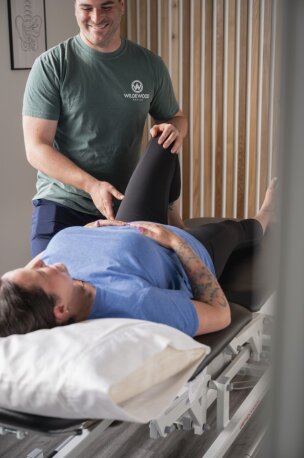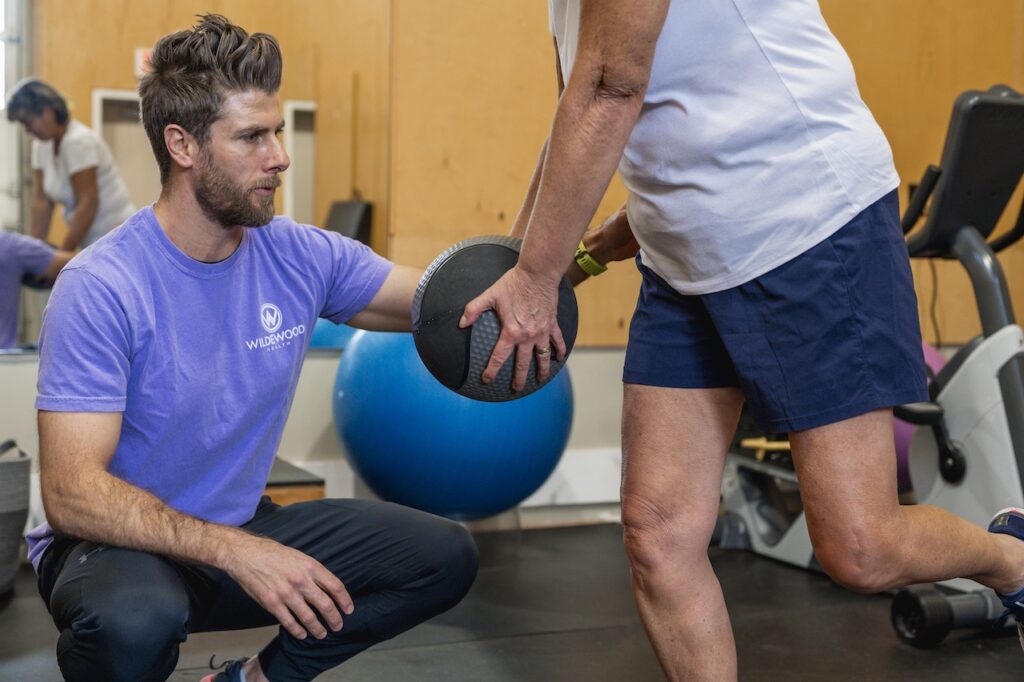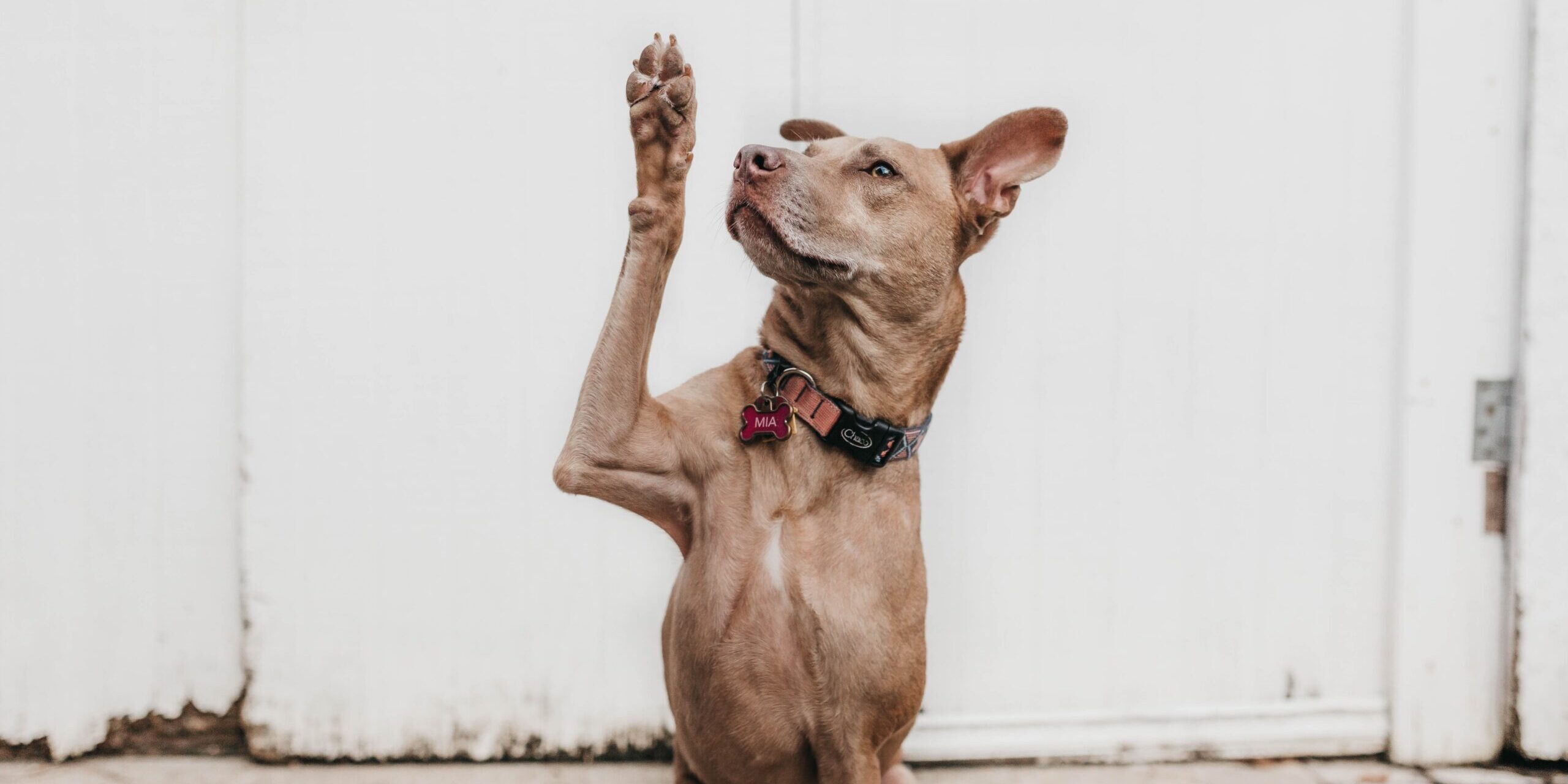The interaction between Physiotherapists and Athletic Therapists or Kinesiologists throughout an athlete’s rehabilitation is a significant one. They work closely from injury onset to Return To Performance (RTP), placing the athlete at the center of the process.
This blog series explores the components to achieve a coherent, athlete-centered, performance-focused rehabilitation approach and the role collaboration plays between Physiotherapy and Athletic Therapy or Kinesiology practitioners during their support of the injured athlete.
Part 1 focuses on the principles including: the working relationship between athletic therapists or kinesiologists and physiotherapists, outcomes for the rehabilitation process and how these roles support the athlete’s RTP journey. Additionally, the aspects of assessment and planning will be outlined when starting the rehabilitation process.

Athletic Therapy or Kinesiology and Physiotherapist Working Relationship – The Magic Formula
To offer optimal rehabilitation, Athletic Therapy or Kinesiology and Physiotherapy practitioners must first identify the key themes of successful rehabilitation, have a clear process in place and follow principles that guide their working relationship.
Despite the rehabilitation focus being the athlete’s health and successful RTP, a strong working relationship between Athletic Therapists or Kinesiologists and Physiotherapists in an athlete’s RTP process is vital. The cohesion of this relationship is determined by an agreed set of values:
- Trust and respect being the foundations of the working relationship.
- Ideas and diversity of thought being encouraged.
- Decisions made with transparency, robust challenge and collective agreement.
- Egos are left at the door. It is not about us; it is about the athlete.
With those guiding principles agreed, the components of how both disciplines work at each rehabilitation stage to maximize the athlete’s chance of a successful rehabilitation can be established and commenced.

Assess and Plan
The first step is to assess the injury and contextual factors surrounding the case, then plan. The assessment establishes the ‘what’. The plan establishes the ‘how’. These are both fluid in nature and change with time.
Assessment of the athlete’s case requires looking holistically at the problem, ensuring it considers the inevitably complex nature of injuries. Combining physiotherapeutic assessment post-injury with information gathered by the Athletic Therapist or Kinesiologist, such as physical profile testing, can help to inform the plan. The assessment areas can be split into four main sections:
- Case/Clinic Information: diagnosis, mechanism of injury, previous medical history
- Physical Considerations: contributing factors, physical development, sporting position/requirements
- Psychological Considerations: sport psychology, friends/family, communication strategies
- Key Objectives: contract, tours, finals in 4 weeks, etc.
Once fully assessed and planned, the RTP process can be efficiently and safely prioritized and programmed. It’s vital for all the stakeholders to contribute collaboratively to the case.
In conclusion, ensuring that Physiotherapy, Athletic Therapy, and Kinesiology practitioners align on fundamental principles establishes a robust foundation for rehabilitation cases. Working collaboratively as a multidisciplinary team during the assessment of an athlete’s case provides a holistic view, identifying both physical and psychosocial factors and key objectives. Clear planning from key stakeholders sets a unified direction, promoting effective and efficient rehabilitation processes.






